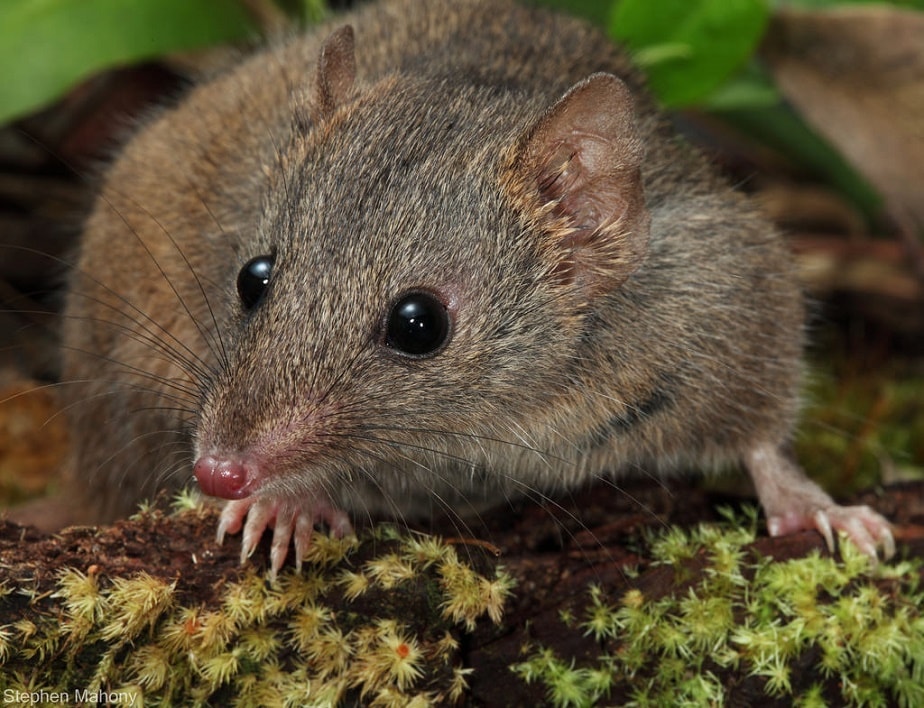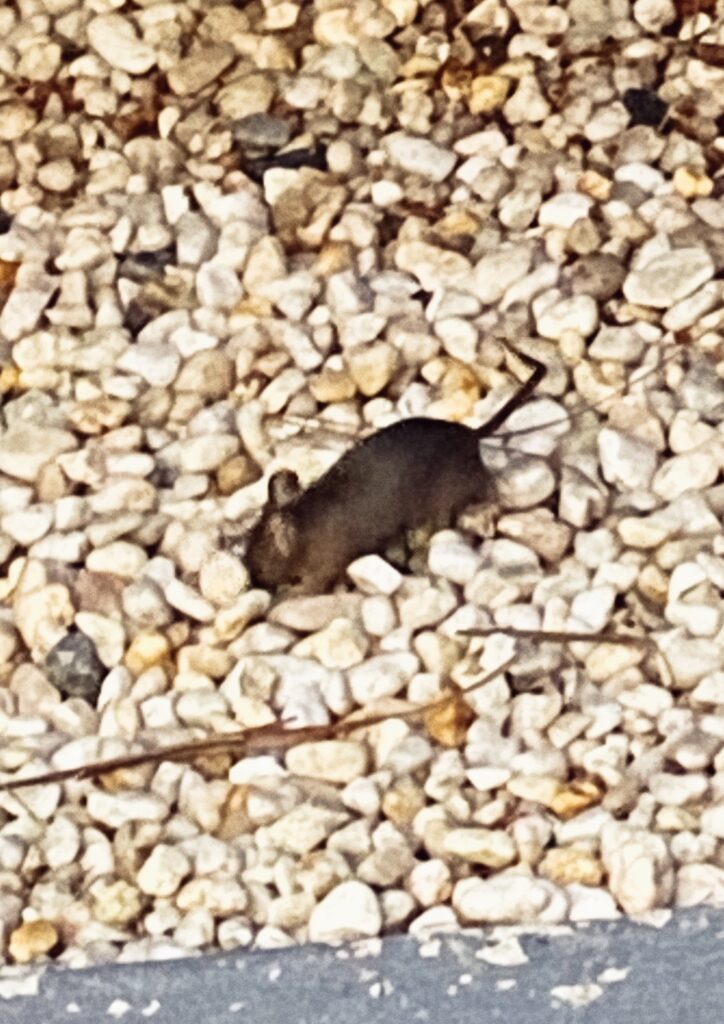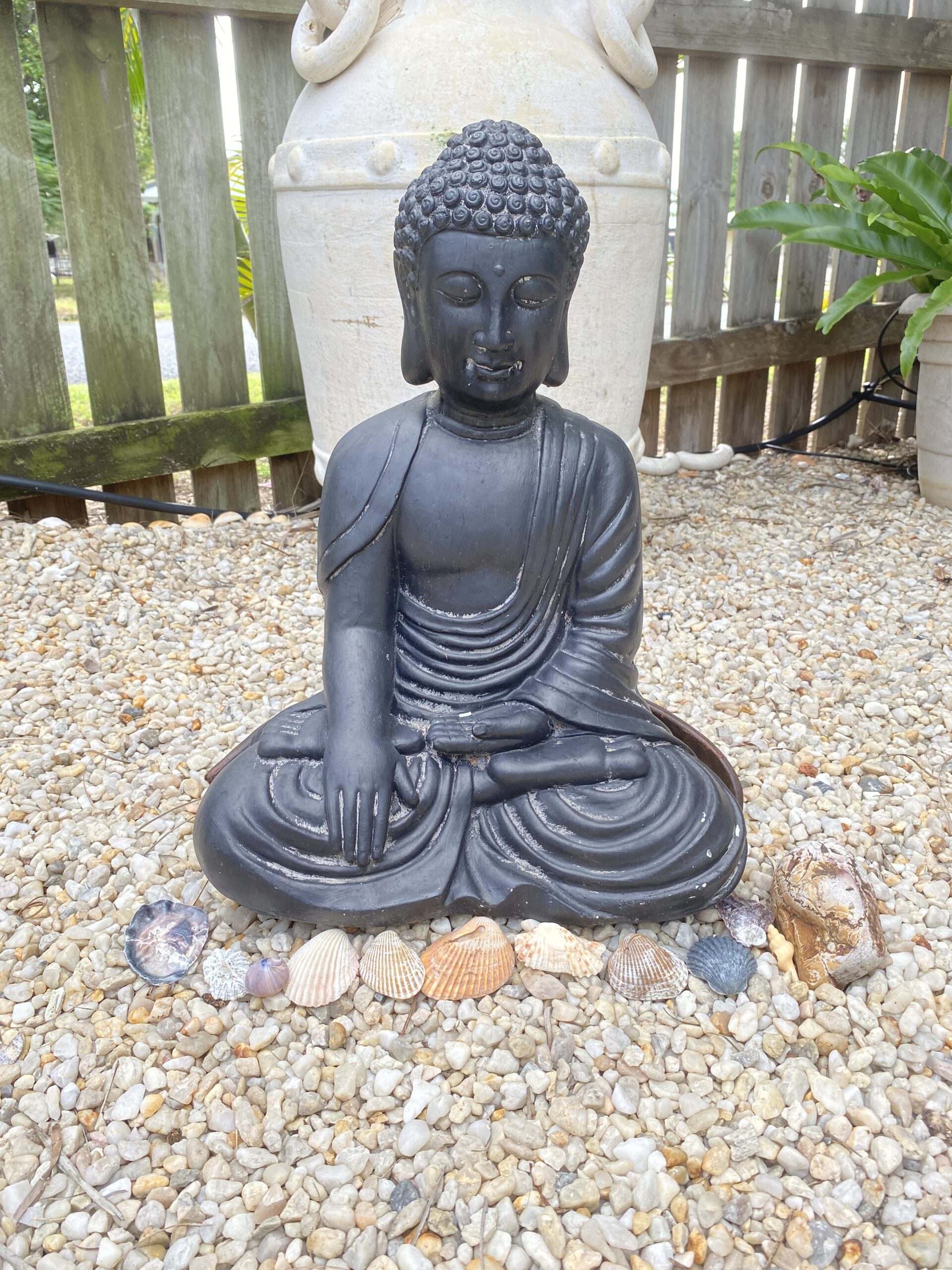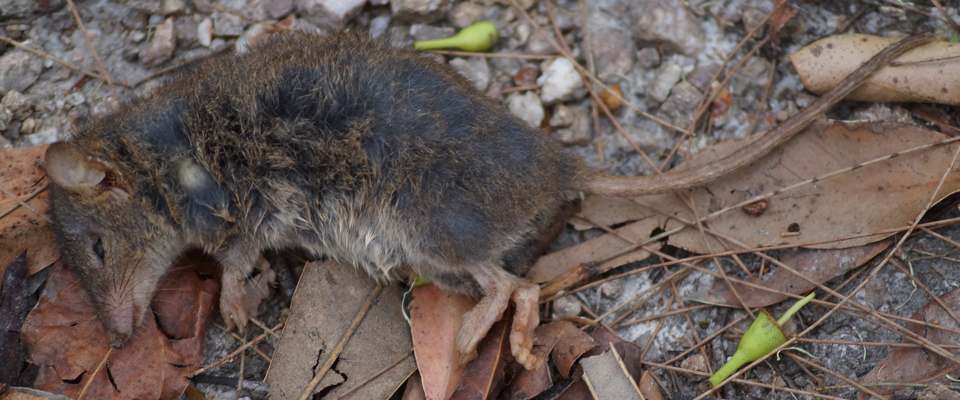
Source https://3.bp.blogspot.com/-O8mHF8Jq4d0/WRY8jAl_86I/AAAAAAAAOlI/CmSwxi792J0zS6qfVkIvcvXPGHVATvaegCLcB/s1600/antechinus-min.jpg
While staying in Hervey for ten weeks during the COVID19 travel restrictions, the two of us would sit outside under our awning during late afternoon, near dusk, enjoying our happy hour drink. Most times we were entertained by a pair of brown antechinus (Antechinus stuartii) darting about at twilight after waking up from their slumber. We traced their nest to the base of a nearby bromeliad. There are fifteen species of Antechinus in Australia, and the brown one is common along the east coast of Australia.

Antechinus is commonly referred to as ‘Marsupial mouse’, but they are different, unique animals, only found in Australia and New Guinea. They look like the house mouse but with a few subtle differences. They are carnivorous dasyurid marsupials and not rodents. It means their teeth are different to mice – their pointed jaw has four pairs of small sharp incisor teeth which chew their insect prey up finely. Rodents are characterised by continuously growing incisors in the upper and lower jaws used to gnaw food and excavate burrows. The other main difference is their distinctive gait. They move very fast ‘slinking’ their whole body along the ground in a staccato, super-fast hopping gait, more like possums. Whereas mice run in a smooth continuous motion. The other difference is the large, thin and crinkly ears with a notch in the margin. In comparison, mice have rounded and hairy ears. The other tell-tale feature is the long-pointed snout and bulging eyes.
They eat a variety of insects, but we didn’t see them feeding. We left a dead cockroach out for them, but they ignored it. Perhaps they prefer the thrill of catching something live, or they don’t like an audience when eating.
Antechinus is nocturnal and elusive. You only know when they are present when you suddenly see a rapid movement from the corner of your eye. At any sudden sharp noise, like a clap, they hop into the air and dart away to shelter under nearby cover. While out in the open, on the loose pebbles adjoining our concrete slab under the awning, their nose ploughs through shifting the pebbles as they search for food.

The pair living near us became comfortable with our presence. Sometimes they would scurry across the concrete slab to search underneath the caravan. They would then re-appear near our feet.
Antechinus is more widely known for its unique reproductive system. The females come on heat at the same time over a short three-week period from July to September. Both the females and males are highly sexed, mating frenetically for those three weeks, at which time, all the males drop dead from exhaustion or ‘synchronised immune collapse’. The poor males suffer haemorrhaging and infections as their stress hormones escalate while breeding furiously, for up to 14 hours at a time, during this short period. It is as if they know this is their only chance for sex, and while they make the most of this opportunity, they become very sick and suffer terribly. They lose their fur and can develop ulcerations and gangrene as they run around frantically searching for their last mating opportunities. Unfortunately, by this time, the females are avoiding them.
We now know that just before the mating season at 11 months old, and before they have mated, the males stop producing sperm and their testes disintegrate so they must rely on sperm stored in their epididymis (a narrow, coiled tube). However, the sperm gets lost in their urine, and that is why there is a frantic sexual activity period. This is the only opportunity the male has to pass on their genes. And in a short period of time they vigorously mate as much as possible before losing their sperm.
I am somewhat relieved that we left our site before the breeding season started as I do feel for the poor antechinus male. As I complete this blog, I realise that by now, my male mate is either dead or dying from his short sexual frenzy. RIP our little mate.

Source https://dnbstories.com/2017/05/small-mammal-that-kills-itself-with-sex.html
An interesting blog and I found myself reading it with great interest
A very interesting account of your Hervey Bay friends, nature sure is amazing, I suppose with looking after a million babies the females wouldn’t want males around anyway!
Pingback: Sequel to “Our friends at Hervey Bay” – Website | www.robertonfray.com